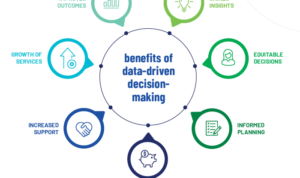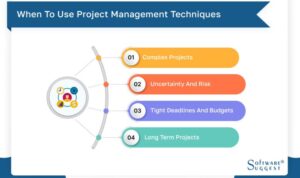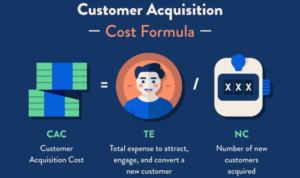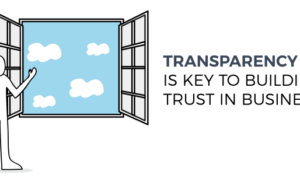Building a Customer Retention Plan kicks off with a bang, diving into the world of keeping customers happy and loyal. Get ready for insights, tips, and tricks that will take your business to the next level.
From understanding customer behavior to leveraging technology, this guide will show you how to create a killer retention plan that keeps ’em coming back for more.
Introduction to Customer Retention Plan
A customer retention plan is a strategy implemented by businesses to retain existing customers and encourage repeat purchases. It involves creating personalized experiences, offering loyalty programs, and providing exceptional customer service to build long-term relationships with customers.
Having a solid customer retention strategy is crucial for businesses as it helps in increasing customer lifetime value, boosting revenue, and reducing marketing costs. By focusing on retaining existing customers, businesses can create brand advocates who are more likely to refer others and contribute to sustainable growth.
Examples of Successful Customer Retention Plans
- Amazon Prime: Amazon offers a subscription service called Amazon Prime, which provides members with benefits like free shipping, streaming services, and exclusive deals. This program encourages customer loyalty and repeat purchases.
- Starbucks Rewards: Starbucks Rewards is a loyalty program that rewards customers with points for every purchase. Customers can redeem points for free drinks and food items, creating an incentive for repeat visits and increased spending.
- Zappos: Zappos is known for its exceptional customer service, including free shipping both ways and a generous return policy. By prioritizing customer satisfaction, Zappos has built a loyal customer base that keeps coming back for more.
Understanding Customer Behavior
In order to create an effective customer retention plan, it is crucial to understand customer behavior. By knowing what drives their decisions and preferences, businesses can tailor their strategies to meet customer needs and keep them coming back for more.
Data analytics plays a key role in understanding customer behavior. By analyzing data on purchasing patterns, browsing history, and demographic information, businesses can gain valuable insights into what customers like and dislike. This information can be used to personalize marketing campaigns, improve product offerings, and enhance the overall customer experience.
Utilizing Data Analytics
Using data analytics tools, businesses can gather and analyze customer feedback to gain insights into their preferences and behaviors. By tracking metrics such as customer satisfaction scores, Net Promoter Scores (NPS), and customer churn rates, businesses can identify areas for improvement and take proactive steps to retain customers.
- Implement surveys and feedback forms to collect customer input on products and services.
- Utilize social media monitoring tools to track customer sentiment and engagement.
- Analyze website traffic and click-through rates to understand customer behavior online.
Building Customer Loyalty Programs: Building A Customer Retention Plan
Building customer loyalty programs is essential for retaining customers and ensuring repeat business. These programs are designed to reward customers for their continued support and encourage them to keep coming back. Let’s explore some types of customer loyalty programs that can be included in a retention plan.
Types of Customer Loyalty Programs
- Points-Based Programs: Customers earn points for every purchase they make, which can later be redeemed for discounts, free products, or other rewards.
- Tiered Programs: Customers are grouped into different tiers based on their level of engagement or spending. The higher the tier, the greater the rewards.
- Discount Programs: Customers receive exclusive discounts or special offers for being loyal customers.
- Membership Programs: Customers pay a fee to become part of a loyalty program, gaining access to exclusive perks and benefits.
Successful Loyalty Programs in Different Industries
- Starbucks Rewards: Starbucks offers a points-based program where customers earn stars for each purchase, leading to free drinks, food items, and more.
- Sephora Beauty Insider: Sephora’s tiered program rewards customers with birthday gifts, free beauty classes, and exclusive product launches based on their tier status.
- Amazon Prime: Amazon’s membership program offers free shipping, streaming services, and other benefits to its loyal customers.
Role of Incentives and Rewards in Retaining Customers, Building a Customer Retention Plan
Incentives and rewards play a crucial role in retaining customers by providing them with tangible benefits for their loyalty. Customers are more likely to continue patronizing a business if they feel appreciated and valued. By offering incentives such as discounts, freebies, or exclusive access, businesses can create a sense of reciprocity and strengthen the bond with their customers.
Enhancing Customer Experience
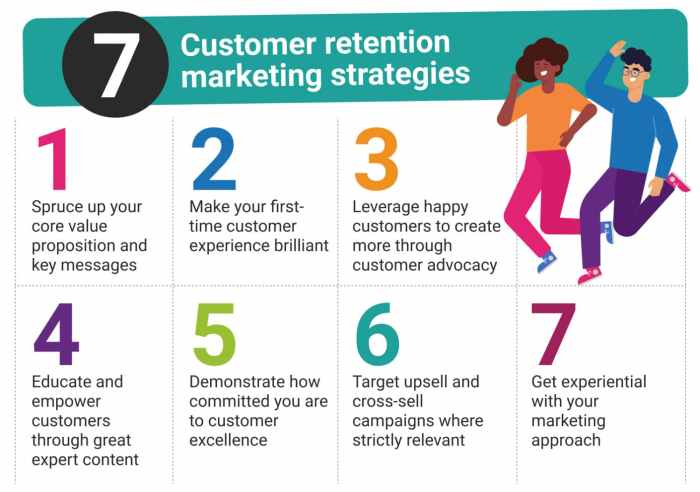
Improving customer experience is crucial for customer retention as it directly impacts how customers feel about a brand. When customers have positive interactions and experiences with a company, they are more likely to remain loyal and continue doing business with them.
Strategies for Delivering Exceptional Customer Service
- Train employees to provide excellent customer service consistently.
- Actively listen to customer feedback and address any issues promptly.
- Offer personalized solutions to meet individual customer needs.
- Provide multiple channels for customer support such as phone, email, chat, and social media.
- Empower employees to make decisions to resolve customer problems quickly.
- Follow up with customers after their interactions to ensure satisfaction.
The Importance of Personalized Interactions with Customers
- Personalized interactions make customers feel valued and understood.
- By tailoring solutions to individual needs, customers are more likely to feel a connection with the brand.
- Personalization can lead to increased customer loyalty and repeat business.
- Utilize customer data to personalize interactions and offer targeted promotions or recommendations.
- Building relationships through personalized interactions can set a company apart from competitors.
Leveraging Technology for Retention
In today’s digital age, technology plays a crucial role in enhancing customer retention efforts. By utilizing various technological tools and solutions, businesses can effectively manage customer relationships and create personalized experiences that keep customers coming back for more.
Role of CRM Systems in Managing Customer Relationships
CRM (Customer Relationship Management) systems are essential tools for businesses looking to build and maintain strong relationships with their customers. These systems allow companies to store valuable customer data, track interactions, and analyze customer behavior to tailor their marketing strategies accordingly. By leveraging CRM systems, businesses can better understand their customers’ needs and preferences, leading to improved retention rates and increased customer loyalty.
Examples of Innovative Technological Solutions for Customer Retention
– Personalized Recommendations: Utilizing AI algorithms to analyze customer data and provide personalized product recommendations based on past purchases and browsing behavior.
– Chatbots: Implementing AI-powered chatbots to provide real-time customer support and assistance, enhancing the overall customer experience.
– Mobile Apps: Developing user-friendly mobile apps that offer exclusive deals, rewards, and personalized content to engage customers and encourage repeat purchases.
– Loyalty Programs: Implementing digital loyalty programs that track customer points and rewards, providing incentives for continued engagement and purchases.
– Social Media Integration: Leveraging social media platforms to engage with customers, gather feedback, and create a community around the brand, fostering long-term relationships.
Measuring and Evaluating Retention Strategies
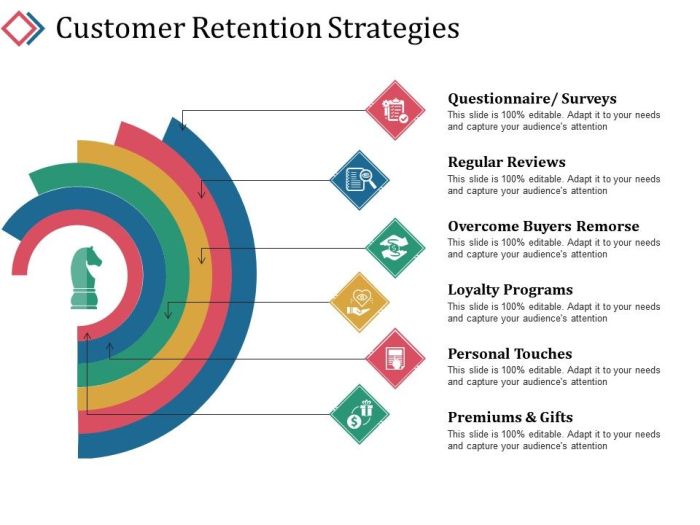
In order to ensure the success of a customer retention plan, it is crucial to measure and evaluate the effectiveness of the strategies implemented. This helps businesses understand what is working well and what areas need improvement.
Key Performance Indicators (KPIs)
- Customer Retention Rate: This KPI measures the percentage of customers that continue doing business with the company over a specific period of time.
- Churn Rate: The churn rate indicates the percentage of customers who have stopped doing business with the company within a given period.
- Net Promoter Score (NPS): NPS measures customer loyalty and satisfaction by asking customers how likely they are to recommend the company to others.
- Customer Lifetime Value (CLV): CLV helps businesses understand the total revenue they can expect from a customer over the entire duration of their relationship.
Importance of Regular Evaluation and Adjustment
Regular evaluation and adjustment of retention strategies are essential to keep up with changing customer behaviors and market trends. By analyzing KPIs and customer feedback, businesses can identify areas for improvement and make necessary adjustments to enhance customer retention rates.
Tools and Methodologies for Tracking Customer Retention Metrics
Customer Relationship Management (CRM) software is a valuable tool for tracking and analyzing customer data, interactions, and behaviors.
- Social Media Monitoring Tools: These tools help businesses track customer sentiment, engagement, and feedback on social media platforms.
- Surveys and Feedback Forms: Gathering direct feedback from customers through surveys and feedback forms can provide valuable insights into customer satisfaction and loyalty.
- Data Analytics Platforms: Utilizing data analytics platforms can help businesses analyze customer data to identify patterns, trends, and opportunities for improving retention strategies.
Case Studies and Best Practices
In this section, we will delve into case studies of companies that have successfully implemented customer retention strategies. We will also discuss best practices for nurturing long-term relationships with customers and share insights from experts on building sustainable customer loyalty.
Case Study: Amazon
Amazon is a prime example of a company with a successful customer retention strategy. By offering personalized recommendations based on previous purchases, providing fast and reliable shipping, and implementing a seamless return process, Amazon has built a loyal customer base that keeps coming back for more.
Best Practices for Customer Retention
- Personalize the customer experience to make them feel valued and understood.
- Offer rewards and incentives for repeat purchases to encourage customer loyalty.
- Provide excellent customer service to address any issues or concerns promptly.
- Collect feedback from customers to continuously improve products and services.
Expert Insights on Building Sustainable Customer Loyalty
“Building sustainable customer loyalty requires a deep understanding of your customers’ needs and preferences. By consistently delivering value and exceeding expectations, you can create a strong emotional connection that keeps customers coming back.”
